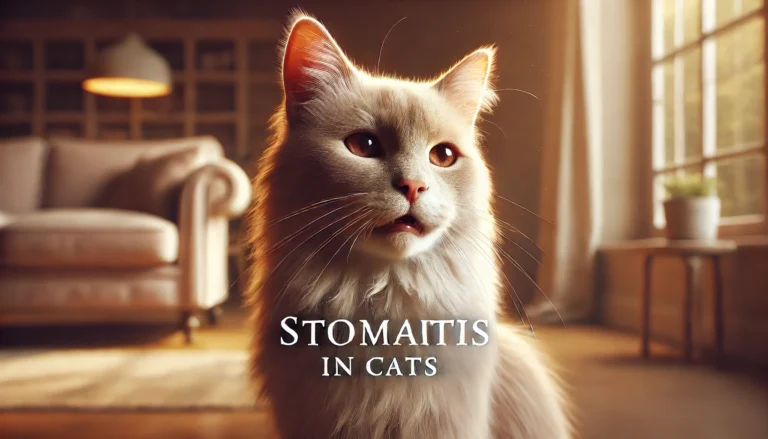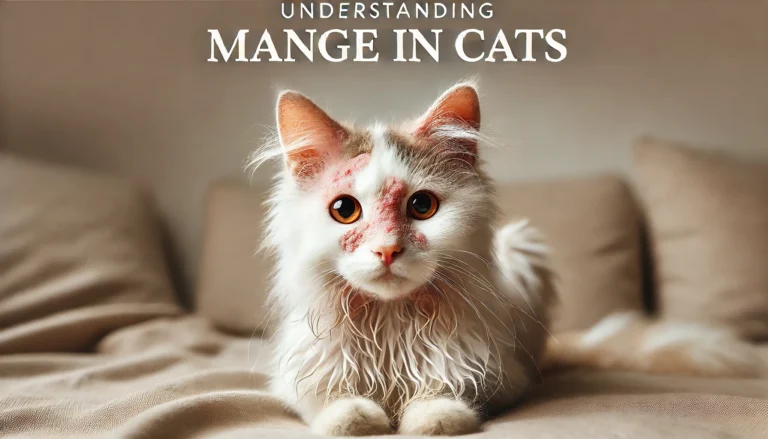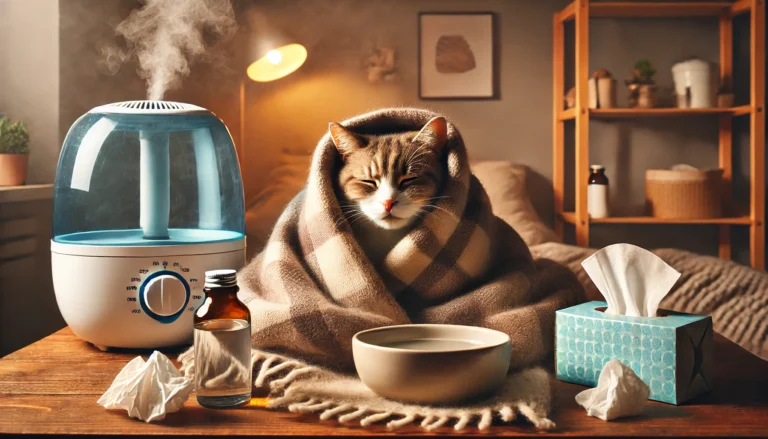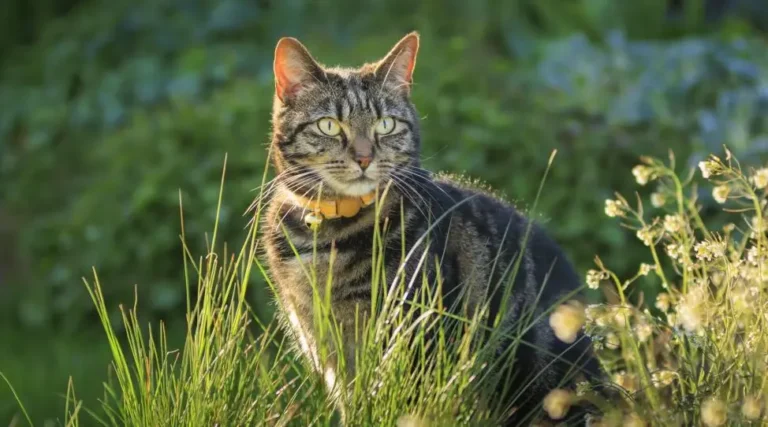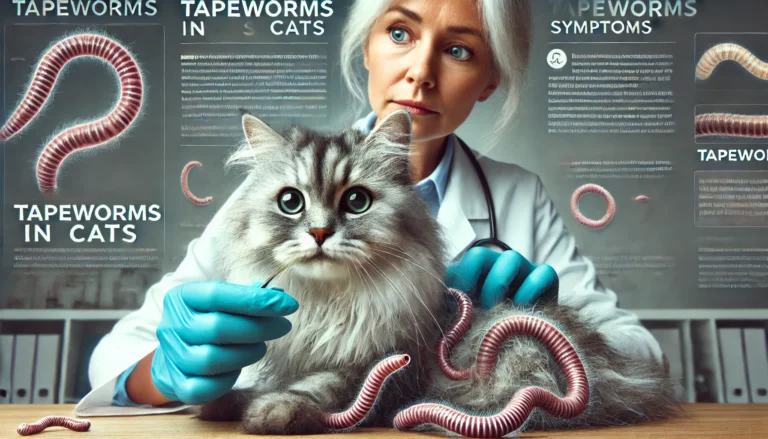cat hairballs: how to help
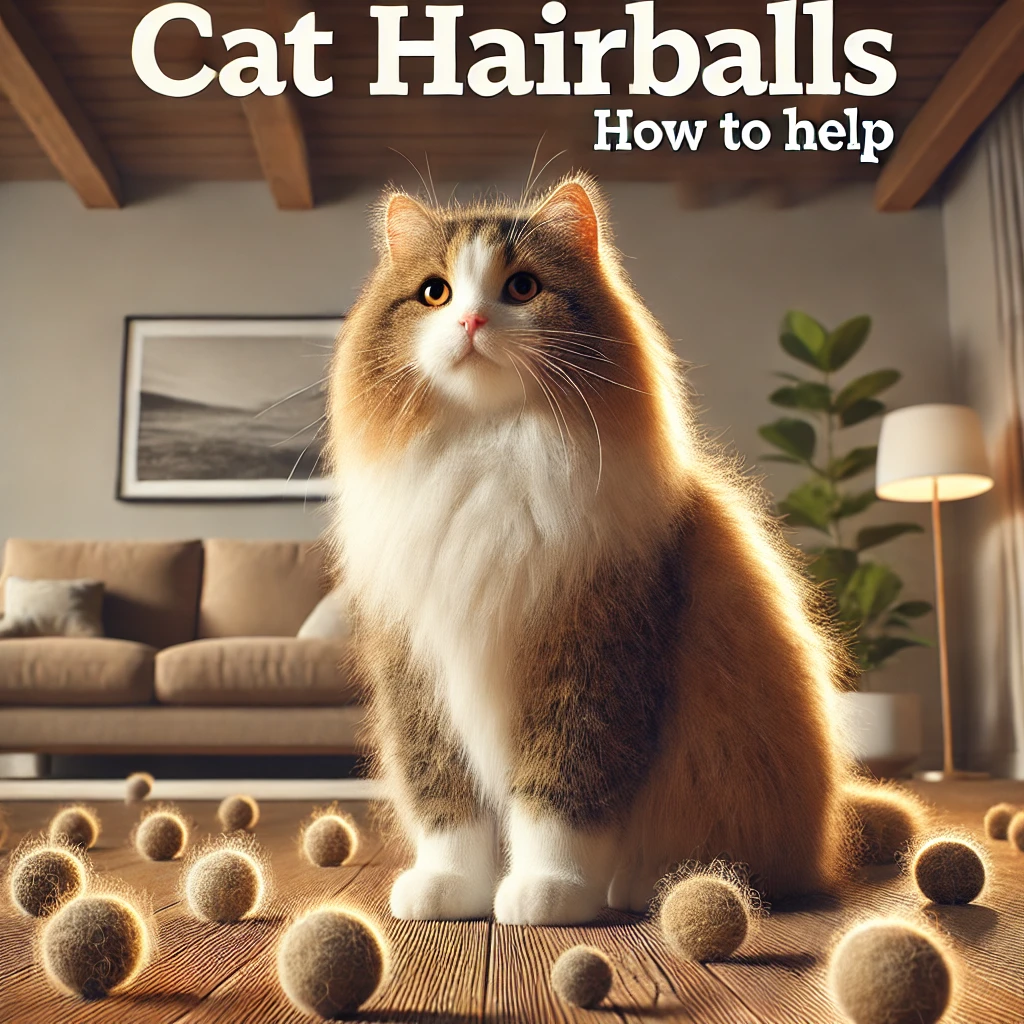
Cat hairballs are not just an ordinary nuisance; they can be a significant health concern for your furry friend. Learning how to effectively manage and prevent cat hairballs is crucial for any cat owner. This guide offers in-depth insights into recognizing symptoms, implementing effective prevention strategies, and choosing the right treatments for cat hairballs.
Understanding What Cat Hairballs Are
Cat hairballs, medically known as trichobezoars, result from hair accumulating in a cat’s stomach during their grooming process. Cats use their tongues for grooming, which have tiny hooks that catch loose hair. This ingested hair can clump in their digestive tract, occasionally leading to hairballs that are either expelled by coughing or passed through feces. Knowing about cat hairballs is the first step in managing this common issue effectively.
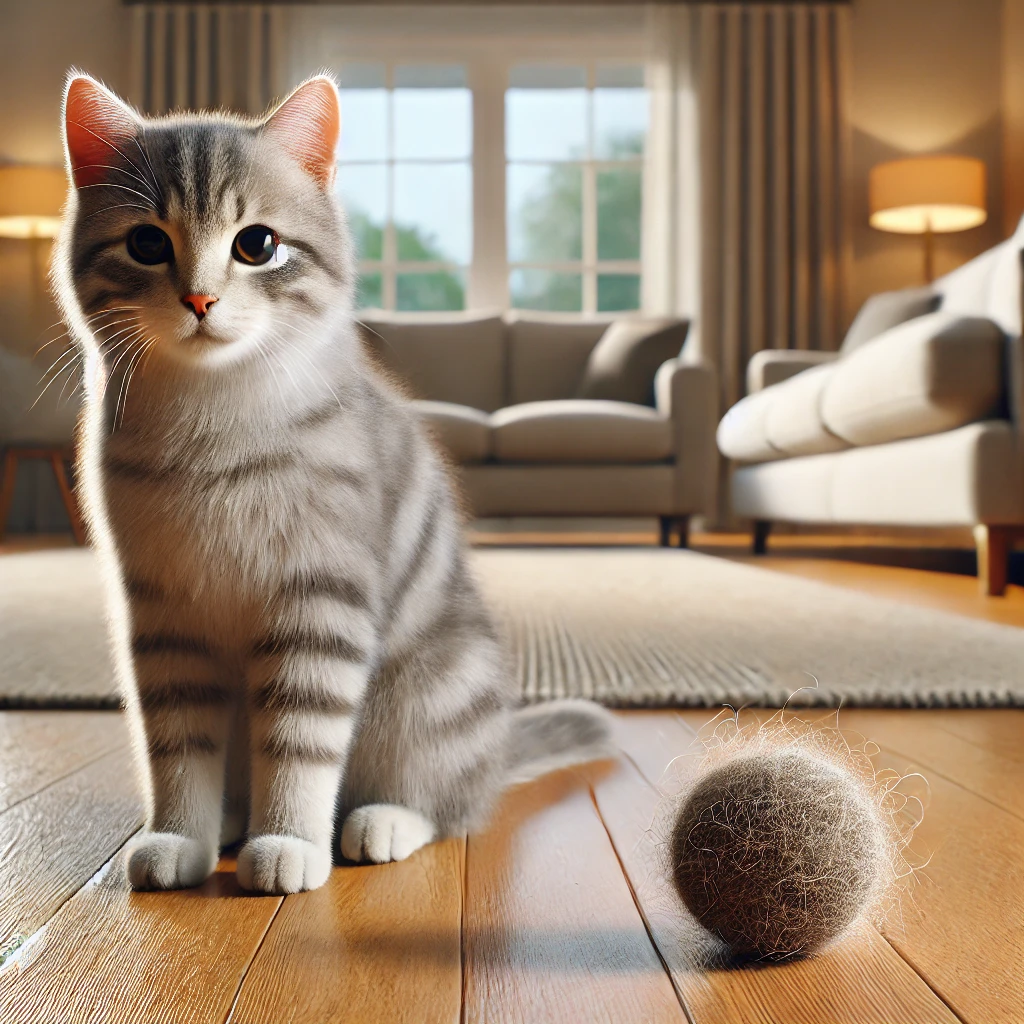
Recognizing the Symptoms of Cat Hairballs
Cats dealing with hairballs often exhibit symptoms such as persistent coughing, gagging, and occasional vomiting. It’s common to observe your cat attempting to expel something, which could likely be a hairball. Symptoms like distress, lethargy, or a decreased appetite can indicate a more severe condition, such as a hairball blockage, requiring immediate veterinary attention.
Tips
Is your cat sparkle dimmed by constant tears? Unravel the causes and solutions for Watery Eyes or Epiphora in Cats, and restore the twinkle to their eyes!
Causes of Cat Hairballs
While all cats groom themselves, not all develop hairballs. Factors that increase the likelihood of cat hairball formation include the cat’s coat length, age, and grooming frequency. Long-haired breeds like Persians and Maine Coons are particularly prone to hairballs. Older cats may also groom more often, increasing the risk of hairball development.
Factors Contributing to Hairball Formation
| Factor | Description | Impact Level |
|---|---|---|
| Grooming Frequency | How often a cat grooms itself | High |
| Fur Type | Length and texture of the cat’s fur (e.g., long-haired) | Medium |
| Diet | Fiber content in the diet helps pass hair through | Medium |
| Age | Older cats may groom more due to inactivity | Low |
Preventative Measures to Reduce Cat Hairballs
Prevention is crucial in managing cat hairballs. Regular grooming can significantly reduce the amount of hair your cat ingests, which is vital for long-haired breeds. Tools such as grooming gloves, brushes, or combs appropriate for your cat’s coat type can greatly decrease hairball formation. Additionally, incorporating dietary fibers and hairball control cat foods into your cat’s diet can aid in naturally passing hair through the digestive system.
Treatment Options for Cat Hairballs
When preventative measures are insufficient, treatment for cat hairballs may be necessary. There are several hairball remedies available, including malt-based pastes, gels, and specialized treats designed to lubricate the hairballs, facilitating their passage through the digestive system. It’s important to consult with a veterinarian before beginning any new treatment to ensure it’s suitable for your cat.
Understanding the Complications Associated with Cat Hairballs
Although occasional hairballs are normal, frequent occurrences can lead to severe health issues, including intestinal blockages. If a hairball obstructs the gastrointestinal tract, it could be life-threatening and may require surgical intervention. It is vital to monitor the frequency and severity of your cat’s hairballs closely.
Expert Advice on Cat Hairballs
Veterinarians emphasize the importance of monitoring your cat’s grooming habits and proactively managing their hairball issues. Regular veterinary check-ups can help ensure that hairballs are not causing undue stress or health problems to your cat. Effective management of cat hairballs is not just about treatment—it also involves improving your cat’s overall quality of life.
Conclusion on Helping Your Cat with Hairballs
In conclusion, understanding how to manage “cat hairballs” involves regular grooming, appropriate dietary adjustments, and vigilant health monitoring. By taking proactive steps, you can help minimize and effectively manage hairballs, ensuring your cat remains healthy, happy, and comfortable.
How can I help my cat with hairballs?
To help your cat manage hairballs, regular grooming is essential, especially for long-haired breeds. Additionally, consider adding fiber-rich foods or specialized hairball formula diets to their meals, which can help them pass hairballs more easily. Over-the-counter hairball pastes or gels may also be useful.
How often should a cat have hairballs?
It’s not uncommon for cats to expel hairballs. However, expelling hairballs more than once a month may indicate excessive grooming or a potential health issue. If hairball occurrences are frequent, it’s advisable to consult your veterinarian.
How can I tell if my cat has a hairball?
Signs that your cat might be dealing with a hairball include hacking, gagging, retching, and occasional vomiting. If you notice your cat exhibiting these behaviors without producing a hairball, or showing signs of distress, a vet visit is warranted.
Is it okay for cats to cough up hairballs?
While it’s normal for cats to cough up hairballs occasionally due to their natural grooming habits, frequent occurrences are not typical and can indicate underlying health issues. Regular preventive measures should minimize the need to cough up hairballs.
Can cats poop out hairballs?
Yes, cats can pass hairballs in their feces. This is actually safer than coughing them up. Ensuring your cat has a diet with the right amount of fiber can help hair pass through the digestive system naturally.
How to treat a cat cough at home?
Home treatment for a cat cough may include ensuring your cat is well-hydrated and in a stress-free environment. If the cough persists or is accompanied by other symptoms like lethargy or reduced appetite, seek veterinary care as it could indicate a more serious condition.
What is the difference between a cat cough and a hairball sound?
A cat cough typically sounds dry and hacking, while a hairball sound is more of a gagging or retching noise, often followed by vomiting. The cat cough might indicate respiratory issues, while the latter is linked to expelling hairballs.
Is honey good for cats cough?
Honey is generally safe for cats in small quantities and can soothe irritation in a cat’s throat. However, it should not be used as a primary treatment for a cough. If your cat has a persistent cough, consult your veterinarian for a proper diagnosis and treatment.
What does cat asthma sound like?
Cat asthma often involves wheezing, rapid breathing, or struggling to breathe. You might also observe your cat hunching close to the ground with its neck extended forward. If you suspect your cat has asthma, it’s important to get a veterinary diagnosis and appropriate treatment.

